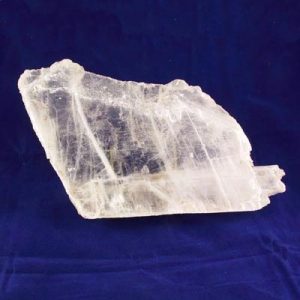Gypsum (Selenite)
Gypsum the most minerals that are abundant not often faceted. It is very soft and seldom transparent enough for faceting. Selenite is the true name given to colorless, transparent Gypsum crystals and faceted gems. Alabaster is the fine-grained variety that is massive has been utilized for carving vases, bowls and other decorative items for numerous of years. Satin Spar is the name given to the compact fibrous type that is aggregate of. Plaster of Paris is manufactured by heating Gypsum to about 300 degrees Fahrenheit, removing 75% of the water. Heating Gypsum to about 350 degrees removes the water that is remaining converts Gypsum to the mineral Anhydrite.
There are many locations for Gypsum but just a few locations for gem quality Selenite crystals Rio that is including Grande Sul, South area, Brazil; Willow Creek, Nanton, Alberta, Canada; Liupanshui Prefecture, Guizhou Province, China.
| Category: | Sulfate mineral |
| Chemical Formula: | CaSO4·2H2O |
| Crystallography: | Monoclinic – Prismatic |
| Crystal Habit: | Crystals as acicular to stubby prismatic crystals, thin to thick tabular, with more than 20 other forms noted, coarsely striated, to 17 m; lenticular in rosettes, may be curved, bent; fibrous, earthy, concretionary, granular, massive. |
| Twinning: | Very common forming cruciform and V-shaped twins; as butterfly or heart-shaped twins. |
| Cleavage: | [010] Perfect, [100] Distinct |
| Fracture: | Splintery parallel to [001], conchoidal on [100] |
| Tenacity: | Flexible, Inelastic |
| Hardness (Mohs): | 1.5 – 2.0 (varies with direction) |
| Density: | 2.317 (g/cm3) |
| Luminescence: | None |
| Radioactivity: | Not Radioacitve |
| Other: | Slightly soluble in water |
| Color: | Colorless, White; if colored by impurities, Yellow, Tan, Blue, Pink, Brown, Reddish Brown, Gray, Black |
| Transparency: | Transparent to Translucent |
| Luster: | Sub-vitreous, pearly on cleavages, silky if fibrous |
| Refractive Index: | 1.521 – 1.530 Biaxial ( + ) |
| Birefringence: | 0.166 (very high) |
| Dispersion: | Strong; r > v |
| Pleochroism: | n/a |
\


